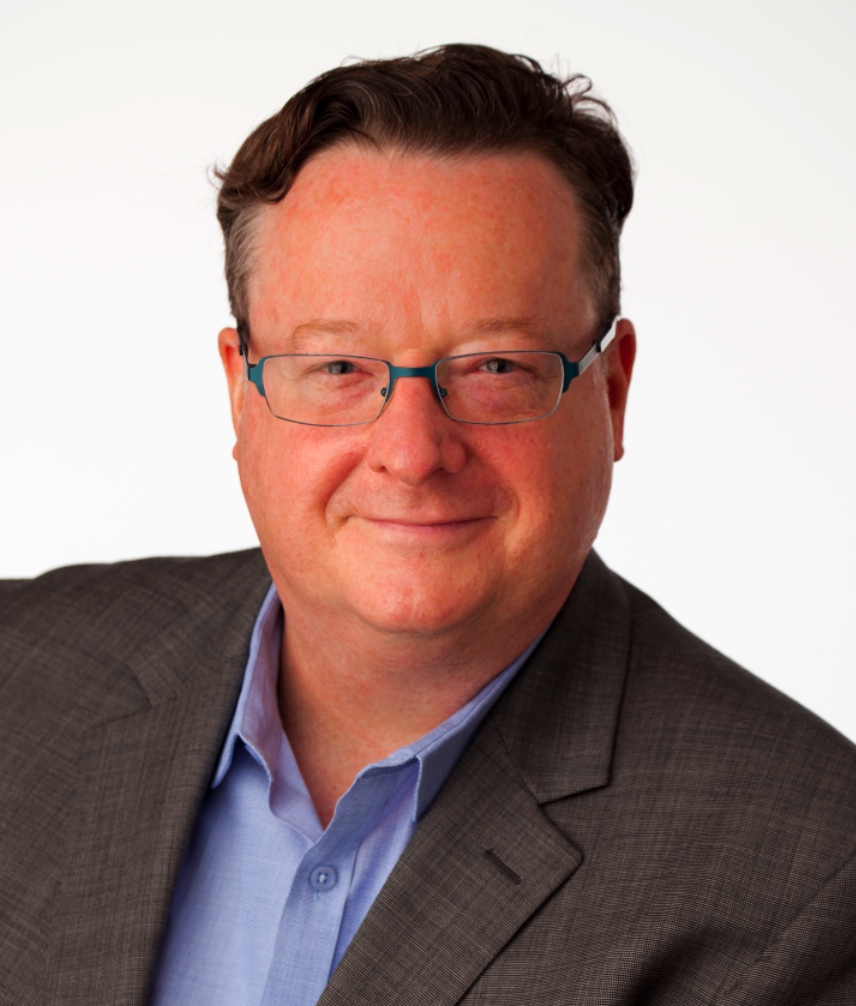Before taking the job as SVP, Head of Integrated Marketing at Wells Fargo, Michael Lacorazza was cautioned that it might take a while to get things done at this huge bank. Much to his delight, he was able to push through a number of new initiatives in his first year that had a profound impact on the business. Though he credits his strong team for making it all happen, The CMO Club acknowledged his accomplishments in the area of digital marketing with their Programmatic Marketing Award last fall. Here is my interview with Michael including some timeless insights on the power of customer-centricity:
Drew: Wells Fargo is considered an integrated marketing leader in the banking industry. What is your approach to seamlessly promoting the Wells Fargo brand across multiple channels?
We start with the customer—identifying the needs and insights to define the customer journey. The customer journey determines the channel strategy, so that we integrate in the right places. To bring the work to life, our large-scale campaigns are headed by a marketing integration lead, who assembles the physical and virtual teams (both Wells Fargo team members and outside resources) needed to develop and launch the assignments – and is ultimately accountable for the project.
Drew: With the purchase of Wachovia in 2008, Wells Fargo became a nationwide presence. How do you stay close to your customers when you operate in so many markets and have so many different types of customers?
While we are a coast-to-coast company now, our focus is on serving our customers and our communities at the local level. We have a strong culture of putting the customer first and strive to live it every day. And, that customer-centric culture is guided by our company’s vision to satisfy all our customers’ financial needs and help them succeed financially.
Drew: You operate in a relationship-based business. How do you improve loyalty among your customers?
It’s about living our vision and values and doing what’s right for the customer. It’s about building lifelong relationships one customer at a time. Our team members are the competitive advantage that enables us to achieve greater loyalty through that relationship building.
Drew: Innovation is a sexy word but not as sexy to a CEO as ROI. Have you been able to link your innovative marketing activities to the kinds of business metrics favored by CEOs?
Measuring the impact of the marketing investment is critical in a data-driven company like Wells Fargo. We create scorecards with KPIs for all of our large initiatives and leverage tools like media mix modeling to help us quantify the economic value of our investment and make optimization decisions. Further, we share the results transparently with business lines and senior management.
Drew: A lot of financial services firms have tiptoed into social. Do you see social as viable channel for your business and if so, in what capacity?
Absolutely. Our customers live digital, mobile and social lives. We are continuously investing in social infrastructure to enable us to serve our customers and connect with them where they are.
Drew: A CMO has a lot of choices in terms of where they invest their time. What have been your top priorities in the last couple of years?
My first priority has been to enable Wells Fargo to design and execute fully integrated marketing campaigns that engage the customer and drive measurable business success outcomes. We’re very proud of that work. We have made a lot of progress and have more opportunities going forward.
Drew: Have there been any big surprises in terms of what’s worked really well and what hasn’t?
I joined Wells Fargo just over a year ago. While preparing for the assignment, I received a lot of guidance to expect both change and projects to take a long time to matriculate in a matrixed, regulated company. The magnitude, quality and impact of the work that the team has produced during my rookie season have been very impressive and much faster than anticipated.
Drew: Content marketing is hot topic at the moment. What’s your perspective on content in terms of its effectiveness? Are you increasing your investment in this area?
We view all of our communications as content – even our paid advertising. And, more than ever, there needs to be a value exchange with the customer. Marketers can no longer “message” at the customer at scaled weight levels. The customer expects much more and look to us to deliver relevant content on their terms.
Drew: Big data as a big part of the CMO conversation these days. How are you tackling big data?
It’s top secret, so I could tell you, but…all kidding aside. What’s fundamentally important for us is to protect our customer’s data and operate in a spirit of transparency. And we need do this in a tightly regulated industry with substantial uncertainty on where the privacy dialog will lead us. At the end of the day, we want to use data to improve our customer experience and deliver more relevance—that’s our focus.
Drew: Do you agree with that notion that “marketing is everything and everything is marketing” and if so how have you extended the boundaries of your job beyond the normal purview of the CMO?
Yes, the key marketing leaders in the organization are deeply involved in helping to shape our future customer experience initiatives. Because we are often so close to the customer and have unique insights to share, marketers can add a lot of value. In my opinion, it’s not the sole domain of lines of business or product teams.
